
Visual Art |
Up |
Prev |
Next |
"Emerald", the hue, is the colour of various gem stones including the famous "Emerald" that gives its name to this hue and some specimens of Jade. It is also the colour of ancient Chinese pottery and the leaves of certain plants.
As is the case for Green there has always been a lack of clean, stable pigments for this hue. Even today most brighter greens are obtained by mixing blue and yellow. Nevertheless there are modern pigments in nearby hues that can be used, such as: Pthalo Green from copper(II) with chlorinated phthalocyanine, Cobalt Green and Cobalt Turquoise from cobalt(II) titanate (CoTiO3).
| Celadon | Celadon | Emerald Eyes |
| HSB 140°, 33%, 100% RGB 171, 255, 198 |
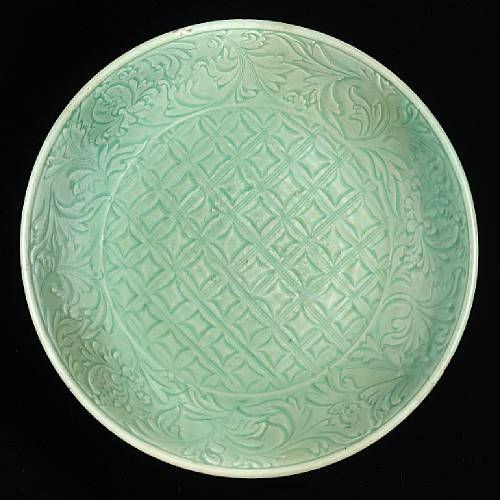 |
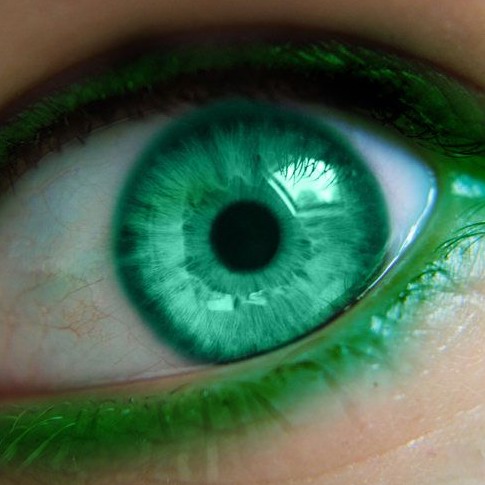 |
| Celadon | Celadon is a type of pottery originally made in ancient China and notable for its distinctive glaze of pale jade green. The colour comes from the change in iron oxide from ferric to ferrous during the firing. | The irises of human eyes with little melanin vary in hue from royal blue right through to green. Those with significant melanin are various shades of brown. Many irises aren't fully saturated and many are composed of more than one colour. Irises that are fully saturated and monochromatic are rare and very striking! This emerald iris is a classic example. |
| Chrysolite | Chrysolite Opal | Six-Spotted Tiger Beetle |
| HSB 158°, 100%, 100% RGB 0, 255, 161 |
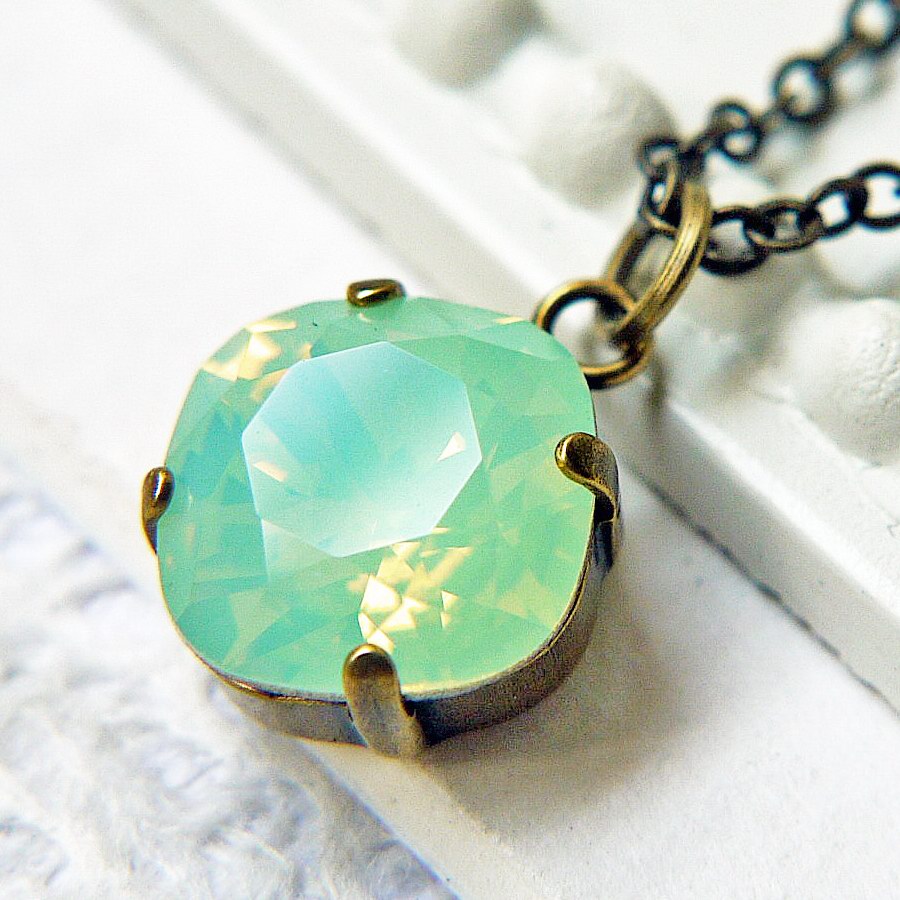 |
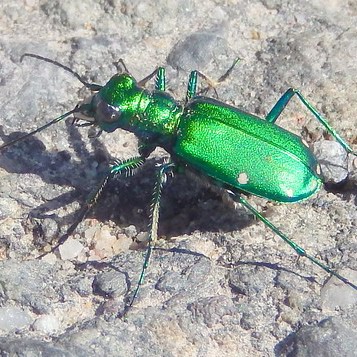 |
| "Chrysolite" is the colour of the cut gem which bears its name, and a few insects. | Chrysolite may refer to various minerals most notably "Peridot", a gem quality olivine, which can vary in colour from this to Chartreuse. Chrysolite Opal on the other hand is more consistent in colour which is why I used it as the this examplar. | Beetles come in numerous amazing colours and the metallic emerald sheen of Cicindela sexguttata, (the six-spotted tiger beetle), is striking indeed! Its colour varies with light conditions of course. This is its colour in full sun. |
| Light Emerald | Light Emerald | Leek |
| HSB 160°, 100%, 70% RGB 0, 178, 119 |
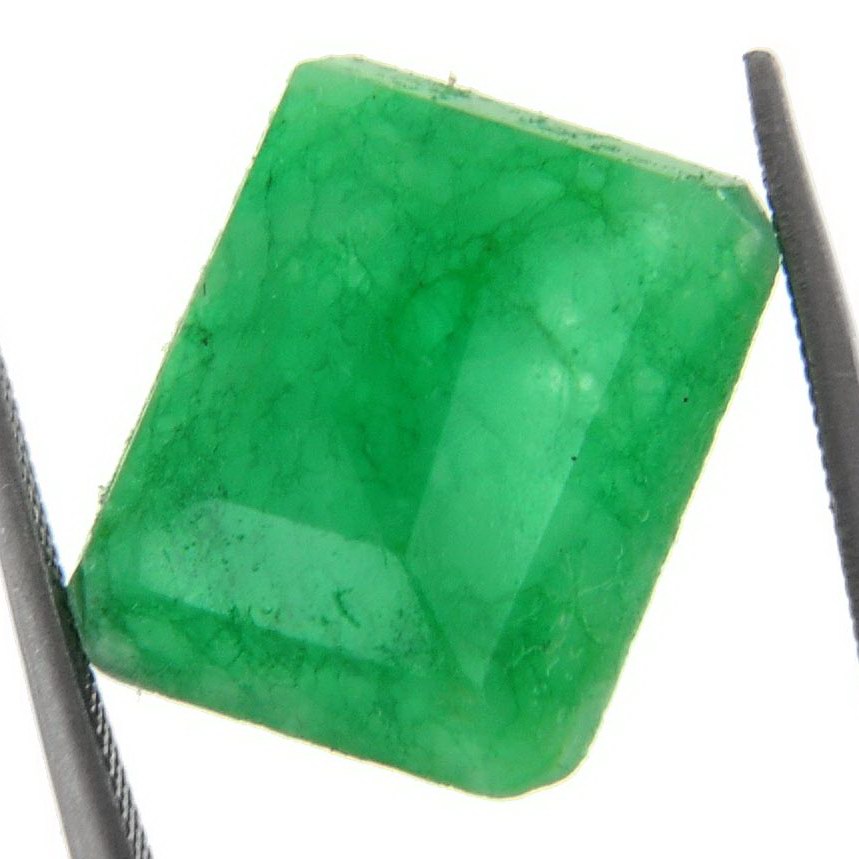 |
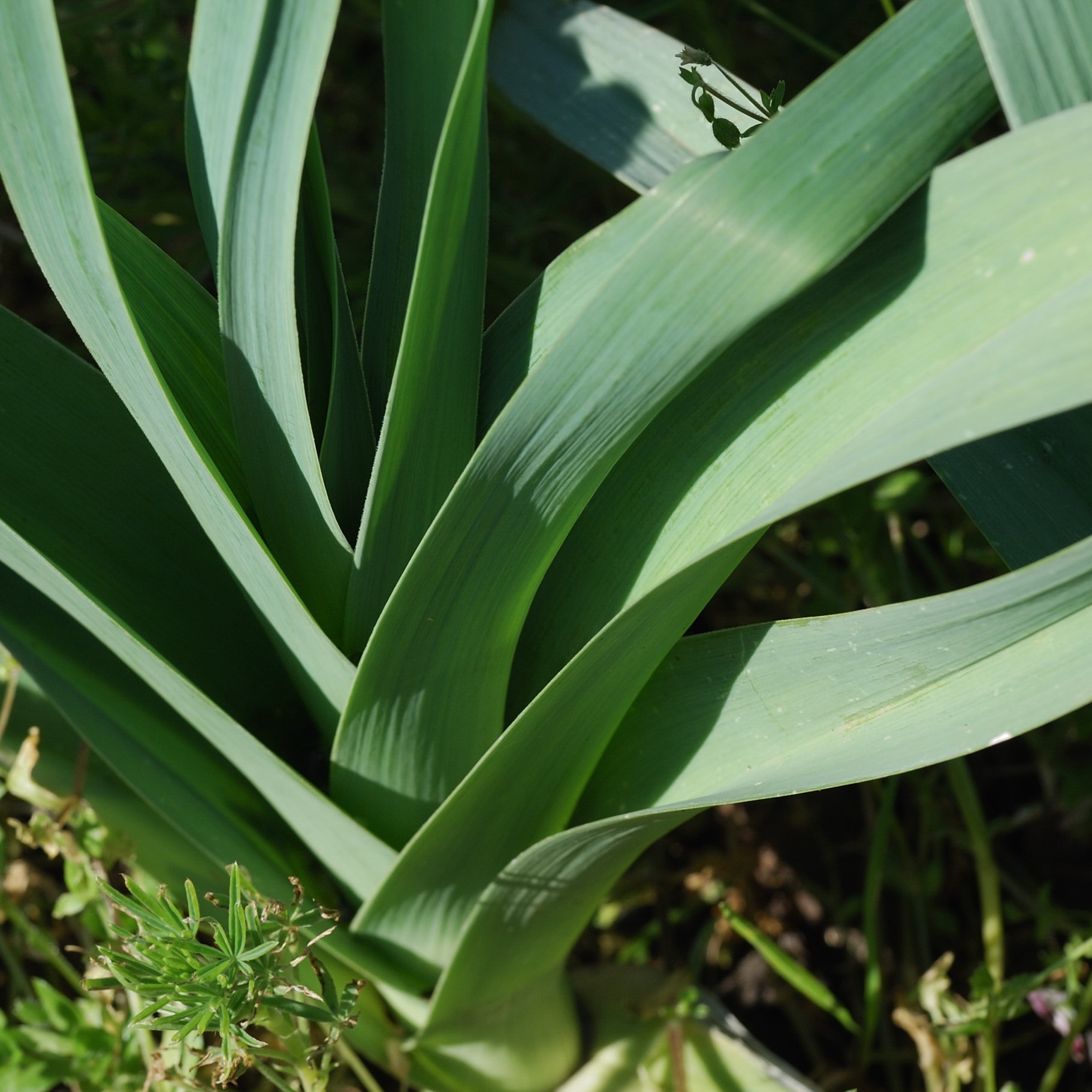 |
| "Light Emerald" is the colour of some cut emeralds and many emeralds in the rough state. | Cut Emeralds of this colour may be refered to as "Green Beryl". They are not common. It is common to find rough emeralds of this colour though. | The leaves of the Leek vary a bit in hue from more emerald on the outside to more green on the inside but this is a pretty good representation of the Welsh favourite. |
| Emerald | Emerald | Shaded Clover |
| HSB 160°, 100%, 58% RGB 0, 148, 99 |
 |
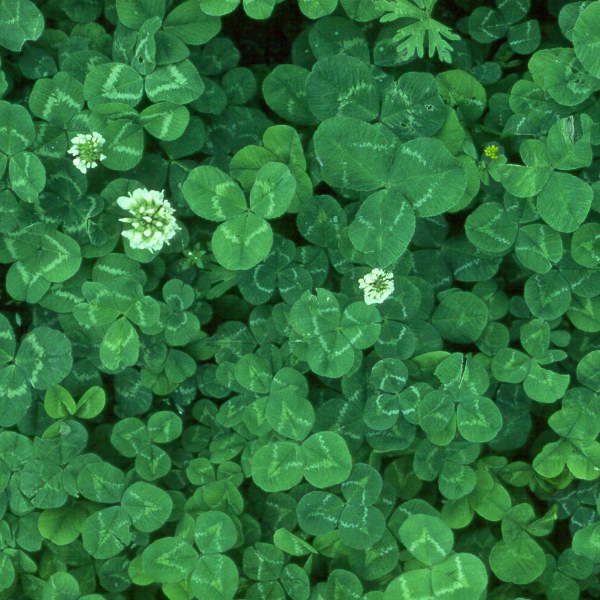 |
| "Emerald" is the colour of most cut Emeralds, of the commonest Jade and of the fertile overcast pastures of clover. | Emeralds do vary in colour somewhat but most cut gems are of this colour. | Whilst clover in good light is closer to true green, when the sky is heavily overcast it looks like this. Considering the propensity of Ireland for pastures of clover and cloudy weather it is quite appropriate that it should be called "The Emerald Isle". |
| Brunswick Green | British Racing Green | Dark Emerald Jade |
| HSB 160°, 100%, 30% RGB 0, 76, 51 |
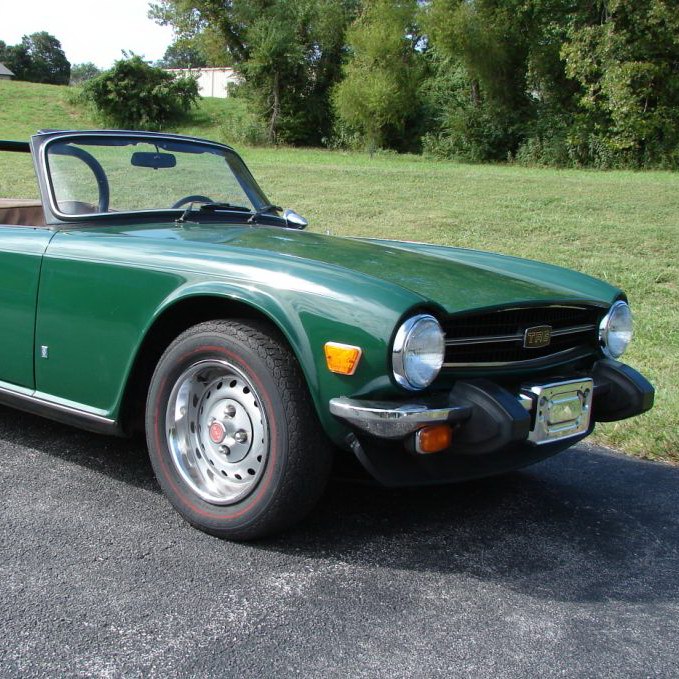 |
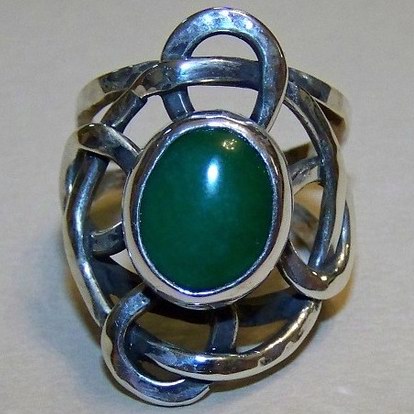 |
| "Brunswick Green" is the name given to certain dark green pigments made from copper compounds and produced in Braunschweig, ("Brunswick"), Germany. It comes in a range of tones but this is the middle tone and most common. It is often used to paint houses and vehicles. | British Racing Green is the name given to the colour begun by Montague Napier in his win in the 1902 Gordon Bennett Cup and used and developed for British racing cars for many years thereafter. Note that there was considerable variation in the colour but this is probably the classic one. | Jade, as mentioned elsewhere comes in a variety of hues and shades. Of these Emerald is probably the most commonly seen but this darker version is not unusual, especially in New Zealand. |